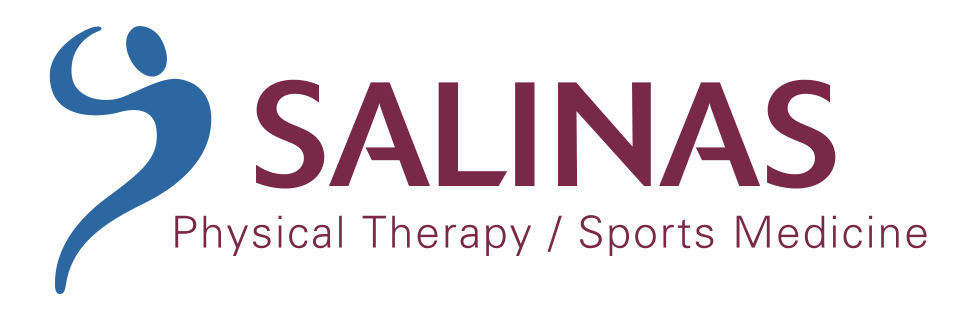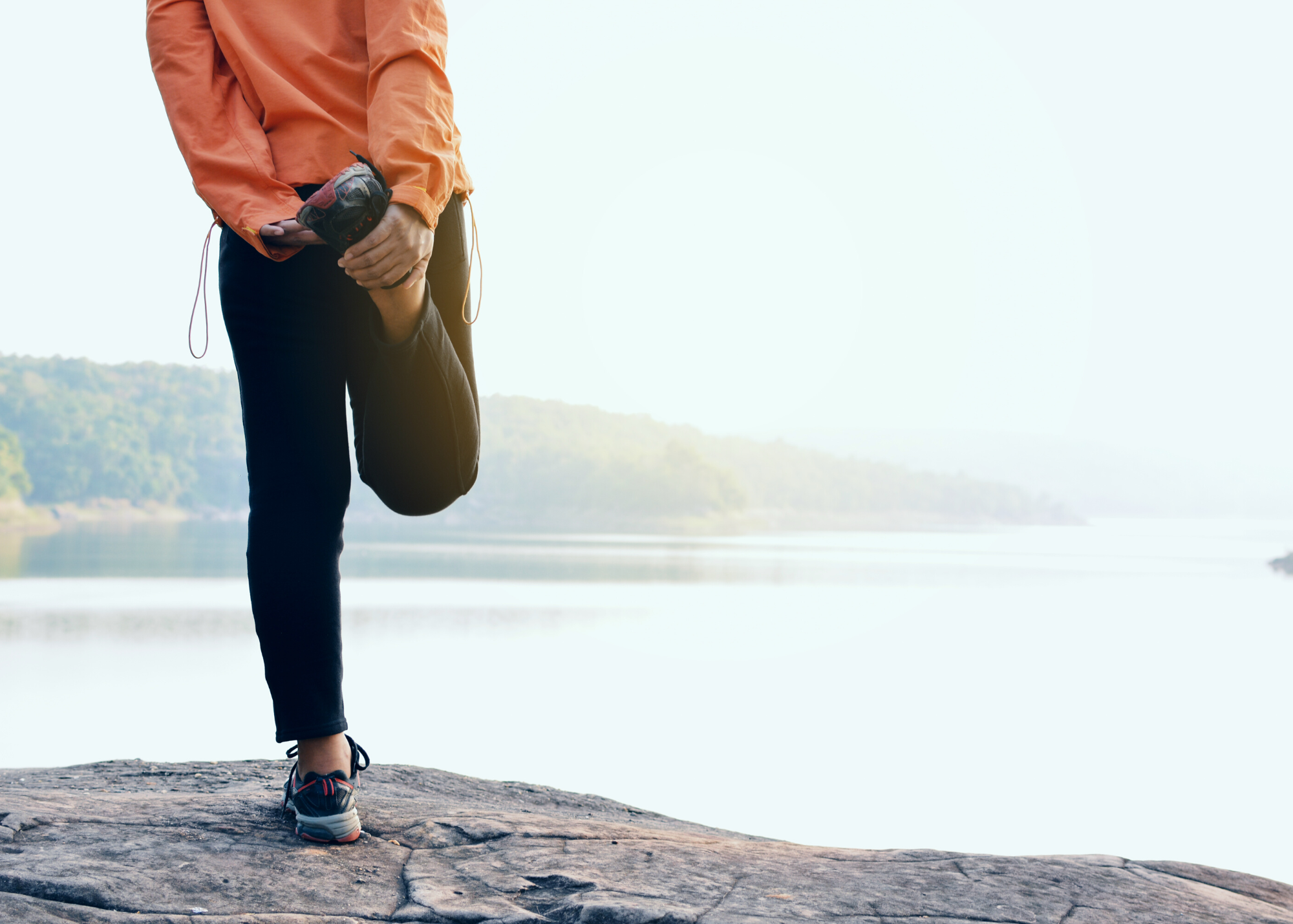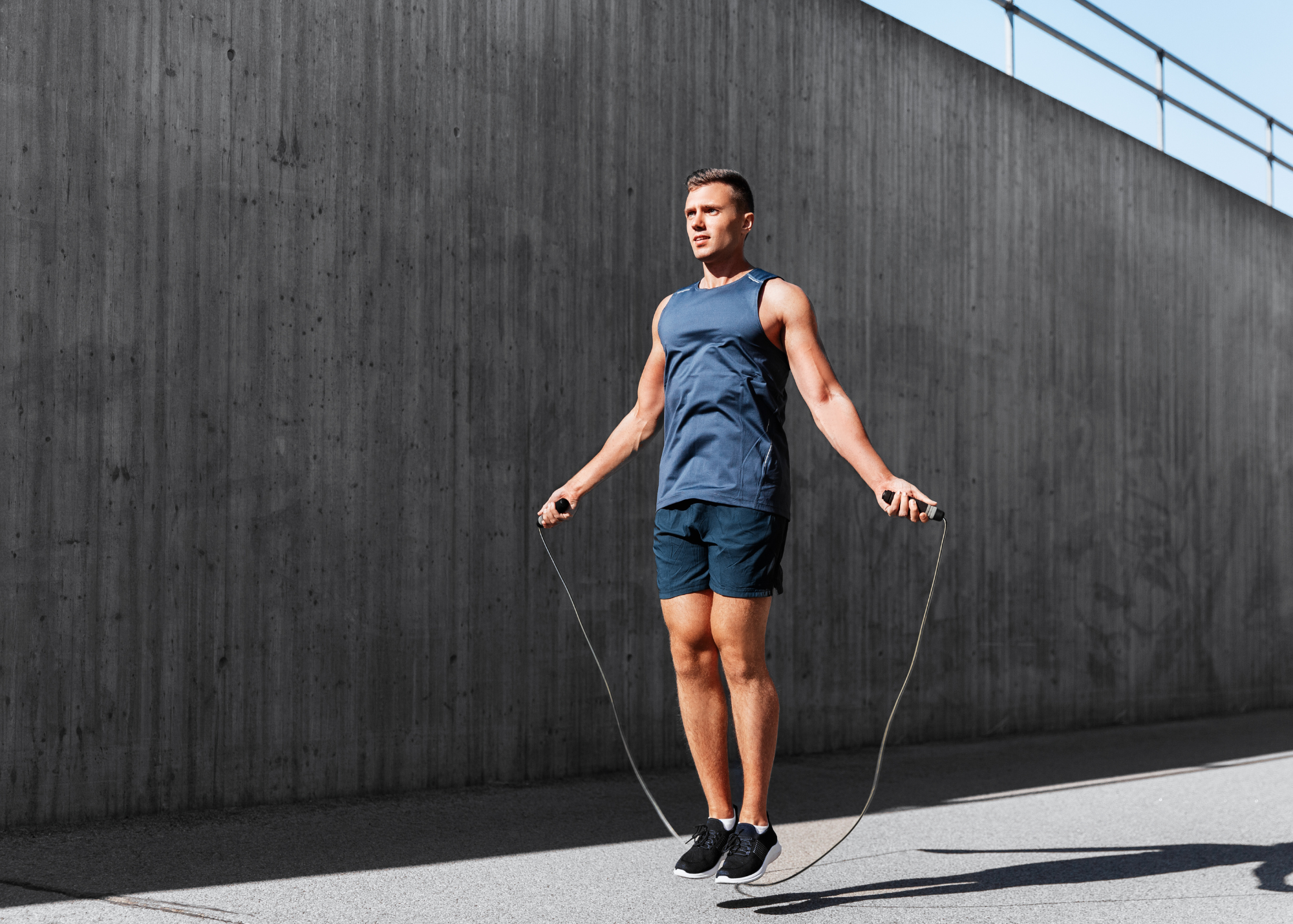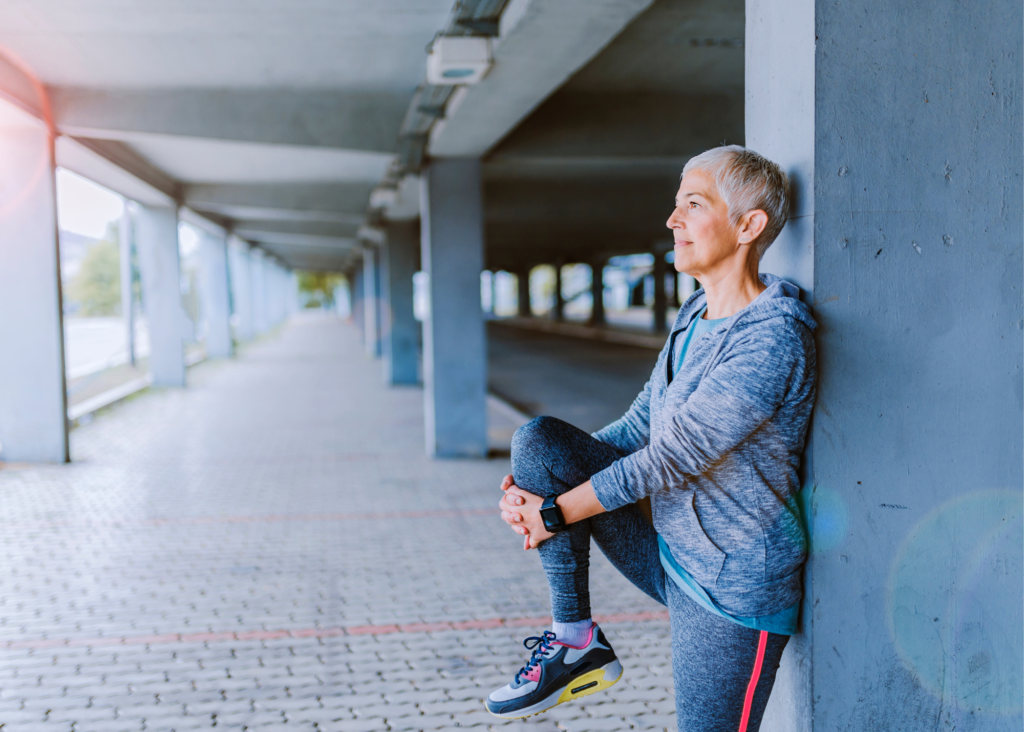Phone: (714) 695-1566
Fax: (714) 695-1553
Email: info@salinaspt.com
23655 Via Del Rio, Suite C
Yorba Linda, CA 92887

Phone: (714) 695-1566
Fax: (714) 695-1553
Email: info@salinaspt.com
23655 Via Del Rio, Suite C
Yorba Linda, CA 92887


Ruben Salinas is the founder and president of Salinas PT.
Warming up is always important, regardless of the activity. It gradually raises your heart rate and gets you breathing a little faster. The warm-up process sends more oxygen, energy, and nutrients to your heart, lungs, and muscles so they can perform at their best. But, long gone are the days of static, hold for 10-second stretching. Your warm-up process should be dynamic. Dynamic warm-ups are the best way to get the aerobic energy system started and prepare your body for activity, especially when it’s cold out. In this article, we’ll cover why dynamic warm-ups are important for injury prevention and strategies that you can implement during your next routine.
Our bodies have a few tricks to conserve energy and stay warm in the cold. One of these is to narrow the blood vessels closest to the skin. That means that the more superficial muscles get less blood flow, making them more likely to be injured if too much demand is placed on them before they’re ready. The restriction in the blood vessels also makes your heart work harder. This doesn’t mean you can’t be active in the cold, it just means that you should take more time getting your body ready.

Dynamic warm-up’s can be implemented for just about every type of physical activity. We suggest starting with movements that raise your heart rate like a brisk walk, a light jog, or even skipping. For more conditioned athletes, we’ll have them do movements like back pedaling, side pedaling, and karaoke running drills. Once your heart rate becomes elevated, follow up with dynamic stretching.
It’s tempting to rush inside to a warm blanket and hot drink, but don’t skip the cool-down. Keep moving with a light walk or another form of active recovery so your heart rate can come down gradually. A cool-down also helps your muscles to transition back to a relaxed state and can reduce soreness following your workout. Since your muscles are still warm, your cool-down is the right place for static stretching.

The shorter days and cooler temperatures don’t mean that you’re stuck inside for all of your exercise. Follow these simple tips to help keep you moving outside and maintaining your fitness routine. If you’d like a customized warm up or cool down, or have questions about your exercise routine, our team of will gladly provide you with the education to help reach your goals.
– In good health
The Salinas Team